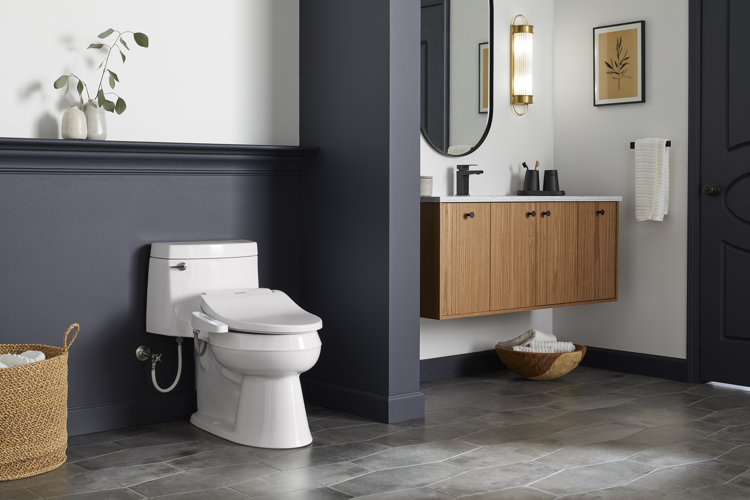In the pursuit of sustainable sanitation solutions, desiccating toilet technology emerges as a beacon of innovation. As urbanization accelerates and environmental concerns mount, the need for efficient and eco-friendly waste management systems becomes paramount. This technology offers a promising alternative to traditional flush toilets, addressing both resource conservation and waste reduction. Industry QA professionals are at the forefront of evaluating and implementing these groundbreaking systems, ensuring they meet rigorous standards and deliver exceptional performance.

Understanding the Basics of Desiccating Toilet Technology
At its core, desiccating toilet technology operates by removing moisture from human waste, thereby minimizing its volume and odor. Unlike conventional toilets that rely on water for flushing, desiccating toilets employ a drying mechanism, often powered by solar energy or electricity. This process not only reduces water consumption but also aids in the decomposition of waste, making it easier to handle and dispose of.
For industry QA experts, understanding the mechanics of desiccating toilets is crucial. These systems typically consist of a urine-diverting bowl and a separate compartment for solid waste. The drying process involves the use of heat, ventilation, or chemical agents to evaporate moisture, leaving behind a dry, odorless material that can be safely disposed of or used as compost.
The Environmental Impact and Benefits
The environmental advantages of desiccating toilet technology are manifold. Traditional flush toilets contribute significantly to water wastage, with each flush using several liters of clean water. In contrast, desiccating toilets eliminate the need for water, conserving a precious resource and reducing the burden on municipal sewage systems.
Moreover, by minimizing the volume of waste, these toilets decrease the frequency of waste collection and transportation, leading to lower greenhouse gas emissions. For Industry QA professionals, these environmental benefits align with the growing demand for sustainable practices and products in the market.
Addressing Challenges and Ensuring Quality
While the benefits are clear, the implementation of desiccating toilet technology is not without challenges. One of the primary concerns for industry QA is ensuring that these systems meet health and safety standards. Proper design and maintenance are critical to preventing odor and ensuring hygienic conditions.
Quality assurance experts play a pivotal role in testing and certifying desiccating toilets, ensuring they meet regulatory requirements and function optimally. This includes evaluating the effectiveness of the drying mechanism, assessing the durability of materials, and verifying the system's overall performance in various environmental conditions.
Integrating Desiccating Toilet Technology in Urban Settings
As urban populations grow, integrating sustainable sanitation solutions like desiccating toilets becomes increasingly important. Industry QA professionals can guide municipalities and developers in selecting and implementing these systems, ensuring they are adapted to local conditions and meet the needs of diverse communities.
Moreover, as public awareness of environmental issues increases, the demand for innovative toilet solutions is expected to rise. By championing desiccating toilet technology, industry QA experts can help shape a more sustainable future for urban sanitation.
For further insights on similar innovative solutions, consider exploring the article on Tiny House Toilet Innovations or delve into the realm of Innovative Outdoor Toilets.
Future Prospects and Innovations
The future of desiccating toilet technology is bright, with ongoing research and development efforts focused on enhancing efficiency and expanding applications. Innovations such as smart sensors and automated drying systems are being explored to improve user experience and system reliability.
Industry QA professionals are essential in evaluating these emerging technologies, ensuring they are viable and effective solutions for modern sanitation challenges. By staying informed and engaged with the latest developments, QA experts can contribute to the evolution of sustainable toilet technology.
For additional perspectives on how technology is reshaping sanitation, you might find the insights shared in the article Public Toilets: Technology and Accessibility thought-provoking. Furthermore, the piece on Portable Smart Composting Toilets offers a comprehensive look at how innovation is revolutionizing personal hygiene spaces.

FAQs
What are the main benefits of desiccating toilet technology?
Desiccating toilets offer significant water savings, reduce waste volume, and minimize odors. They are environmentally friendly and can be used in areas where water conservation is critical.
How do desiccating toilets work?
These toilets remove moisture from waste through evaporation, using heat, ventilation, or chemicals. This drying process results in a dry, odorless material that is easier to handle and dispose of.
What role do industry QA professionals play in this technology?
Industry QA experts are vital in testing, certifying, and ensuring the quality and safety of desiccating toilets. They evaluate the functionality, durability, and compliance of these systems with health and safety standards.
This article contains affiliate links. We may earn a commission at no extra cost to you.






